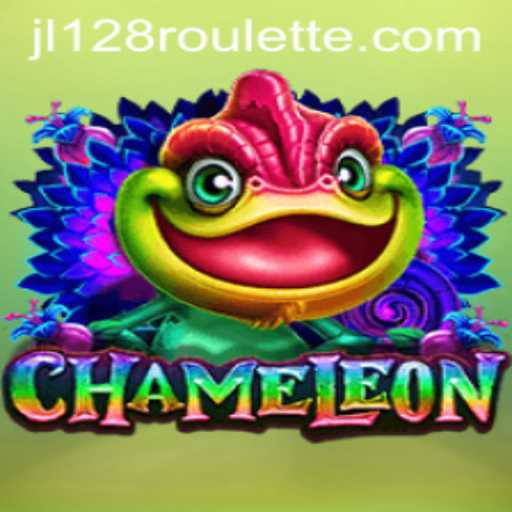Explore the vibrant world of the Chameleon game, featuring engaging rules and gameplay strategies.
The Chameleon: A Colorful Game of Deception
The world of tabletop games is enriched by unique and engaging experiences that encourage players to think dynamically and engage socially. The Chameleon stands out in this vibrant ecosystem, offering a fun and challenging game of deception and deduction suitable for a wide range of players.
Introduction to Chameleon
The Chameleon game is celebrated for its innovative approach to casual play. Designed by Rikki Tahta and published by Big Potato Games, this game fosters an environment where players embody different roles defined by mystery and secretive gameplay. Released to critical acclaim, Chameleon's global popularity continues to grow, coinciding with the rise of board games as a mainstream hobby during and after the pandemic years.
The premise of Chameleon is refreshingly simple yet enlivens any gathering. It is a social deduction game that requires cunning, creativity, and a flair for convincingly adapting to changing scenarios. Ideal for ages 14 and up, Chameleon accommodates three to eight players, making it an inclusive choice for varied group sizes.
Game Rules and Setup
Setting up Chameleon is straightforward. Players draw cards that determine their roles for the round. Among these players, one or more individuals assume the secretive role of the chameleon. The rest assume roles as knowledgeable participants who know the round’s secret topic.
To initiate the game, a player rolls a set of dice to determine which topic card will serve as the theme for that round. Each player, excluding the chameleon, receives a code card featuring a grid. This card helps them identify the topic, while the chameleon must deduce it based on other players' responses.
Gameplay begins with players providing a single-word clue related to the designated topic without revealing it. This step is crucial as it creates the opportunity for the chameleon to blend in among knowledgeable players. The game evolves as deduction skills come into play, attempting to identify the chameleon based on the clues given.
Accusation and Revelation
After clues are provided, players discuss and deliberate on who they believe the chameleon is. This discussion phase requires astute observation and persuasive arguments, heightening the game’s excitement. If the group successfully identifies the chameleon, they win the round. Conversely, if unidentified, the clever chameleon gains points for evading detection.
Rounds are typically quick, lasting about 15 minutes, allowing multiple games to be played in a session. This format not only offers replay value but also encourages players to refine their strategy and bluffing skills with each round.
Chameleon in the Modern Context
The Chameleon game continues to resonate with contemporary players due to its adaptability to both in-person and virtual settings. During the recent pandemic, many social gatherings moved online, causing games like Chameleon to gain renewed interest as they contribute to interactive digital hangouts. Its straightforward mechanics translate well into virtual adaptations, keeping friends and family connected across distances.
Current events highlight the importance of mental health, social interaction, and leisure activities, underscoring the role games like Chameleon play in providing relief and fostering community. Additionally, themes of identity and imitation in modern society are cleverly encapsulated in its gameplay, making it not just a source of entertainment but also a reflection of social dynamics.
As new expansion packs and updated editions are developed, Chameleon continues to evolve, offering fresh content and ensuring long-term engagement for its dedicated fanbase. Whether played around a physical table or virtually, Chameleon exemplifies how games can adapt while maintaining their core appeal and offering captivating experiences for all participants.




